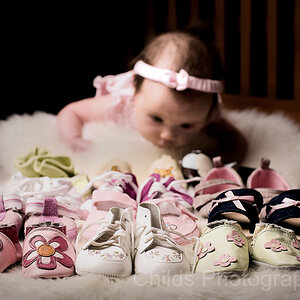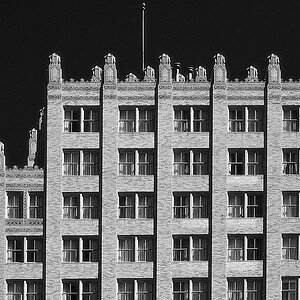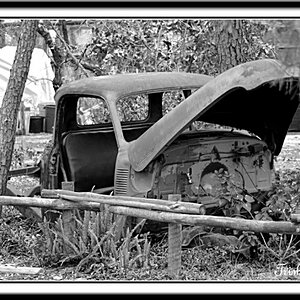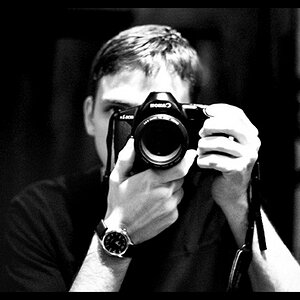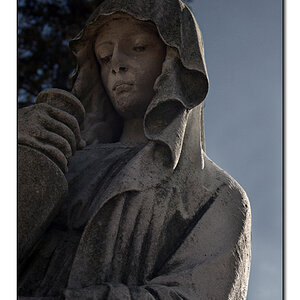kdabbagh
TPF Noob!
- Joined
- Dec 31, 2007
- Messages
- 148
- Reaction score
- 0
- Location
- Cairo
- Can others edit my Photos
- Photos OK to edit
Hey all,
This question has been on my mind for a while, and tomorrow I will start a two day camping trip in Egypt's White/Black Desert. I know it will be dark at night but I want to take photos of the camp/campfire and possibly star formations etc. Sometimes when I shoot with long shutter speeds my camera indicates that 30 seconds is not enough (the max I can go on my D90). I know how the bulb function works but I do not know how to calculate how long the shutter should be. Any thoughts?
..I will have a tripod and a remote with me.
This question has been on my mind for a while, and tomorrow I will start a two day camping trip in Egypt's White/Black Desert. I know it will be dark at night but I want to take photos of the camp/campfire and possibly star formations etc. Sometimes when I shoot with long shutter speeds my camera indicates that 30 seconds is not enough (the max I can go on my D90). I know how the bulb function works but I do not know how to calculate how long the shutter should be. Any thoughts?
..I will have a tripod and a remote with me.


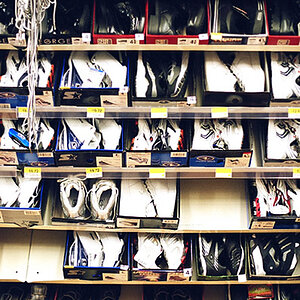
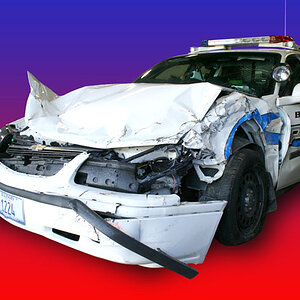
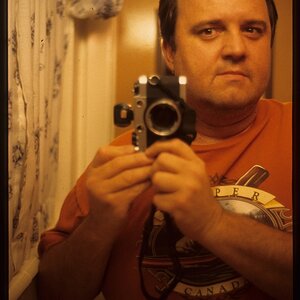
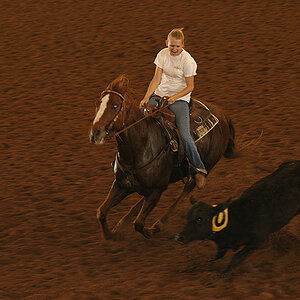
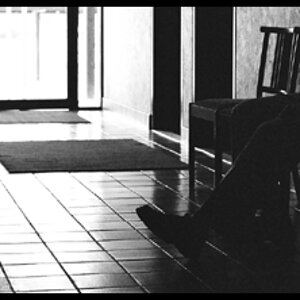
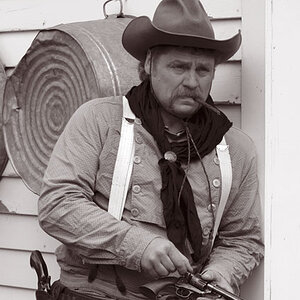
![[No title]](/data/xfmg/thumbnail/40/40285-2ce5915035c220ccb3485030863b62d0.jpg?1619739408)
